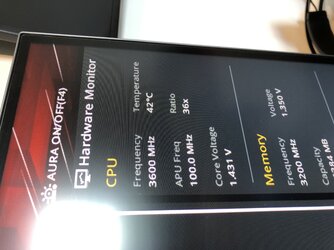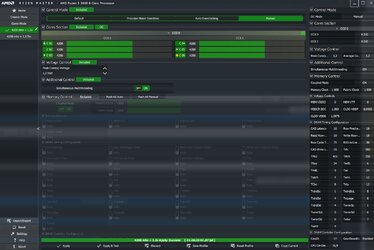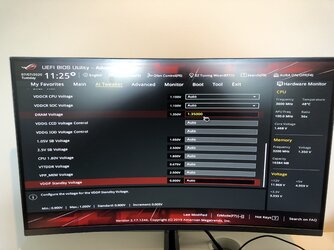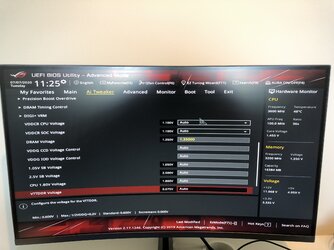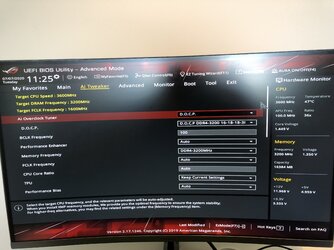Hello, I'm new to the forums and I am hoping to get some help with my overclocking of 3600.
I used a guide on youtube for Ryzen Master that I used to lower my voltage to 1,2 and set all core speeds to 4,2 ghz.
This decreased my temps about 10-15 degrees and made me score 500+/- more in 3dmark.
However every time I log into windows my settings get reset, and I have to reopen Ryzen master.
I have a Asus ROG STRIX X470-F Gaming Socket AM4 motherboard, and I am not very experienced in BIOS overclocking. How do I replicate these settings in BIOS?
Thanks a lot for the advice.
I used a guide on youtube for Ryzen Master that I used to lower my voltage to 1,2 and set all core speeds to 4,2 ghz.
This decreased my temps about 10-15 degrees and made me score 500+/- more in 3dmark.
However every time I log into windows my settings get reset, and I have to reopen Ryzen master.
I have a Asus ROG STRIX X470-F Gaming Socket AM4 motherboard, and I am not very experienced in BIOS overclocking. How do I replicate these settings in BIOS?
Thanks a lot for the advice.
